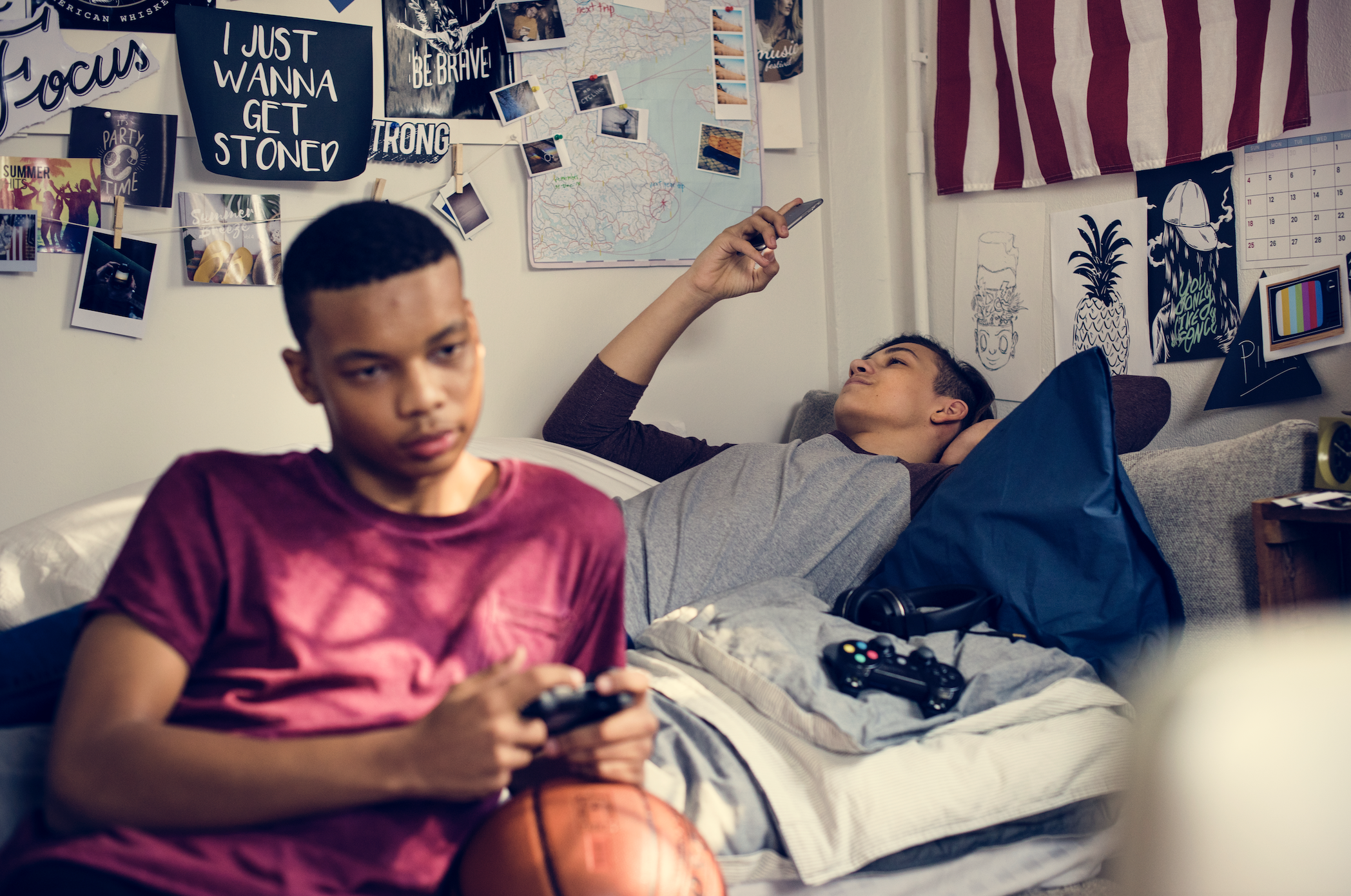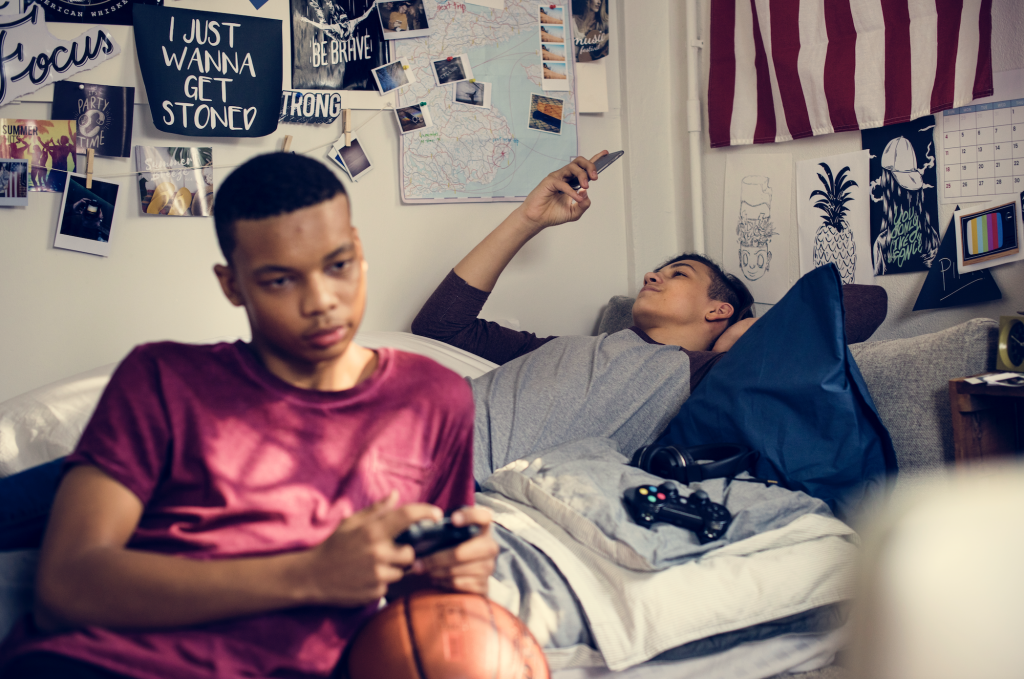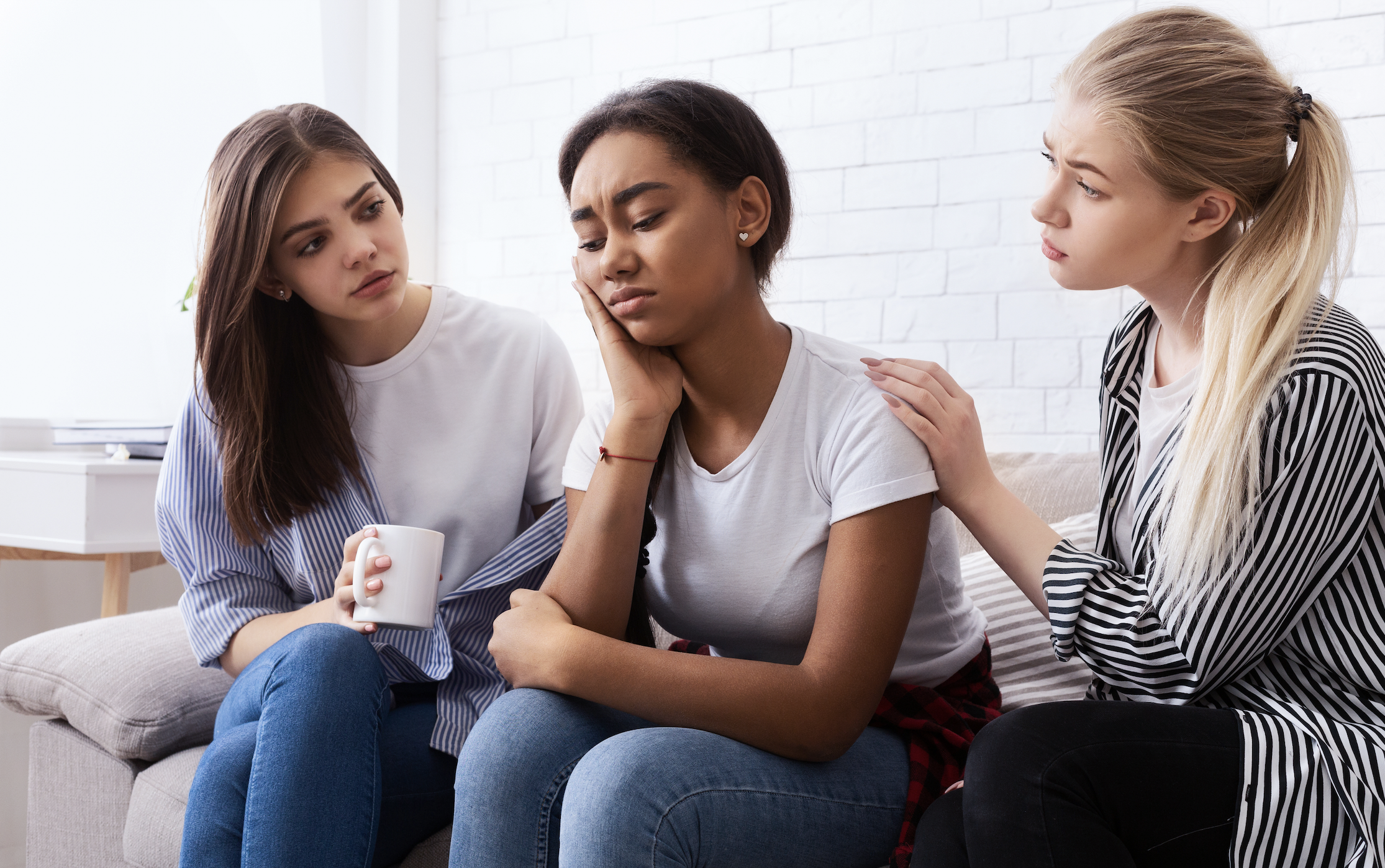
Video Games and Smartphones: How to Help Your Kids Manage their Free Time
Today’s blog is from Andrew McPeak. Andrew is a next gen researcher, speaker and the Vice President of Content for Growing Leaders. He is also the co-author of Generation Z Unfiltered: Facing Nine Hidden Challenges of the Most Anxious Population.
I was talking to a friend of mine who has three teenage boys at home. Lately, the challenges of having three teenagers at home have increased because, well, they are always home. Teens at home in the 21st century can only mean one thing: more video games, more social media, more streaming shows.
In fact, the rise of screen time as a result of COVID-19 has now been well documented. Combine this with the new expectations on many students that school happens on a screen all day and you have a new situation with some possibly heavy consequences.
While being at home on a screen is much better than being out and getting sick, it still seems like many students are missing the opportunity to find a better use of their time. Opportunity being the operative word.
When I talk to students about opportunity and time management, I like to use one of our Habitudes called “The Opportunity Statue.” As you were entering the ancient city of Greece, “Opportunity” was one of many statues lining the streets. The statue depicts a man with long flowing hair coming down the front of his head, and a bald head in back. This strange image has a very clear message: opportunity is something that you can grab while it’s coming at you, but you can’t catch once it’s gone.
Time is much the same way. If we can get our students to start seeing their extended time at home as an opportunity, we will give them the best chance of making the most of their time.

Four Equations for Better Time Use
So how do we do it? I’d like to suggest a few “equations” that will help your kids begin to see the value of utilizing their free time for something good. For every moment they spend on screen, challenge them to balance the equation of their time:
1. Balance screen time with face-to-face time.
Screens are not bad, they’re just easier. Despite the amazing things we can see on a screen, a screen can never contain the complexities of the human face. This is why I like to balance screen time with face-to-face time. Challenge your kids to take regular breaks from their screens and interact with the other faces right there in the house. Every hour of screen time should mean an hour of facetime.
2. Balance video games with real-world problem solving.
Playing video games can cause a release of endorphins similar to when we solve a problem or navigate a challenging situation. The problem is that we haven’t solved a real problem or navigated a real challenge. Those endorphins haven’t been earned. Ultimately, we are cheating a system designed to reward us for personal growth. This is why I like to balance video game time with solving real problems. Put together a puzzle, make a new recipe, design something for a family member, or pick a problem in the world and brainstorm solutions. Again, for every hour playing a video game, take an hour to do some real-world problem solving.
3. Balance social media with conversation.
Social media is often our only social outlet. The problem is that social media can create an unrealistic picture of the world and a false understanding of how our friends and family are doing. Just because you surfed someone’s Instagram profile doesn’t mean that you know what is going on with them. Challenge your kids to balance social media time with real conversation. For every hour online, spend an hour in a virtual coffee chat, family trivia night, or study party with friends. Get to know who they really are, not the face they’ve worked so hard to curate in their digital profile.
4. Balance video streaming time with creative time.
I love watching Netflix, but after an hour or two of watching shows, I start to feel drained. I’ve studied the brain enough now to know what is happening: my brain has slipped into a space that’s not completely conscious. Basically, it turns off. This is why I try to balance consumption with creation. Creation is a great way to remind myself that I should find my identity by what I have to offer to the world, not by whatever show I am watching at the moment. Challenge your kids to try creative things like writing, painting, singing, designing, or something similar.
Screen time isn’t wrong, in fact researchers have found that “there’s nothing toxic about screen exposure.” The problem with screen time is that it cannot represent the full human experience. If your kids want to make the most of their opportunities, they may just have to turn off the screen and find a better way to spend their time.






